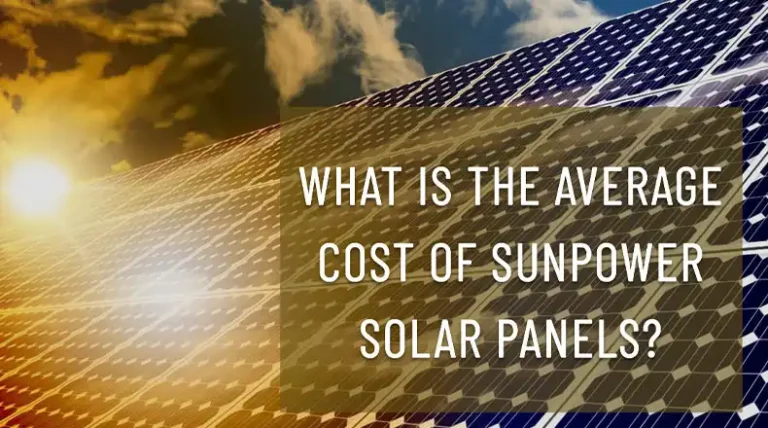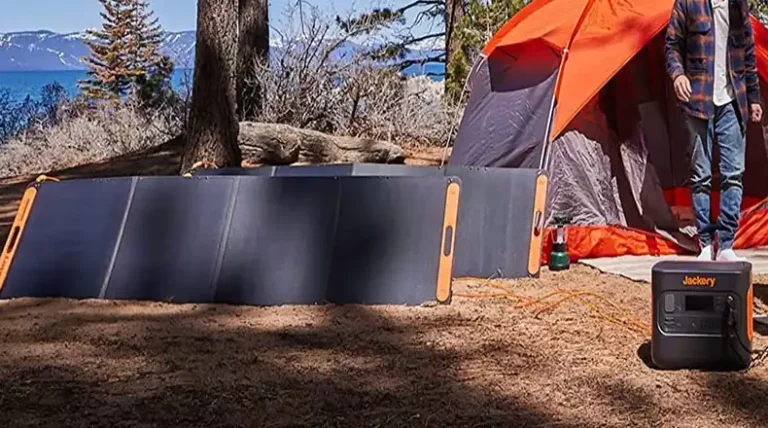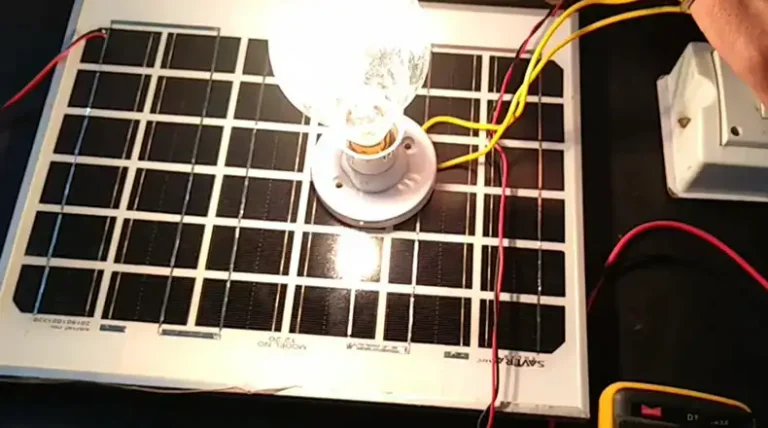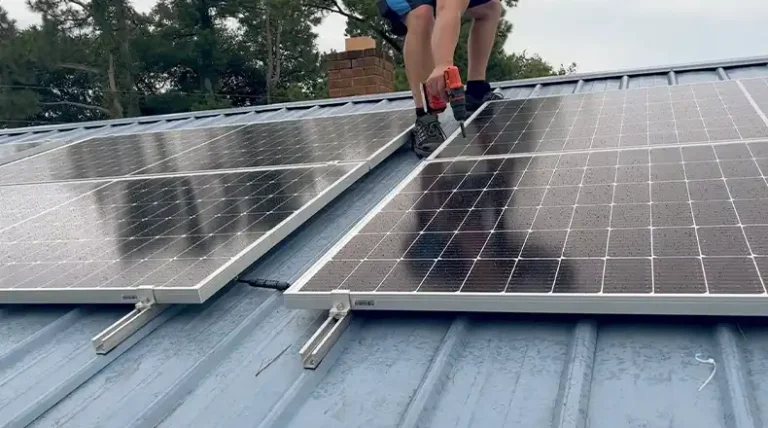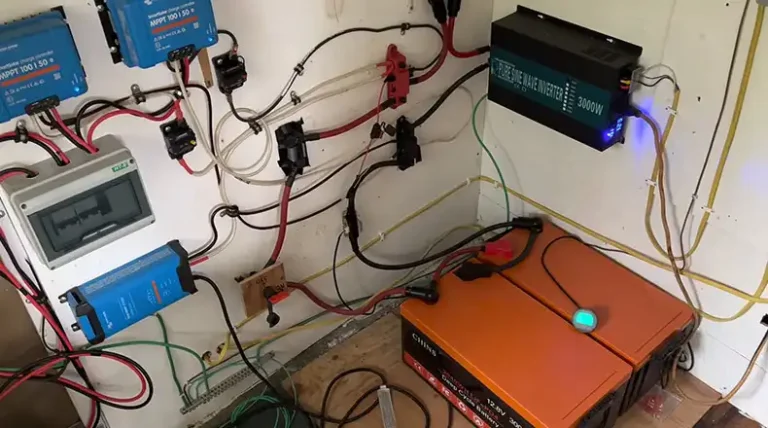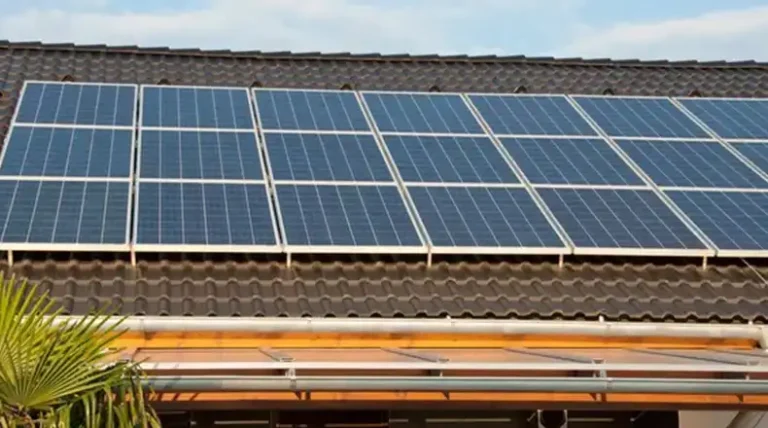Running a Mini Fridge on Solar Power | What I Realized
With the increasing global emphasis on green energy, solar power has become a prominent player in the renewable energy arena. A common query among eco-conscious consumers is the feasibility of running a mini fridge on solar power. Is it truly possible?
The short answer is yes, it is possible. By understanding the intricacies of solar power and the energy requirements of a mini fridge, one can harness the sun’s energy for refrigeration. However, there are several factors that must be considered before connecting your mini fridge to solar power.
To fully understand the topic covered in the article, it’s recommended to read it more thoroughly and gain a complete perspective.
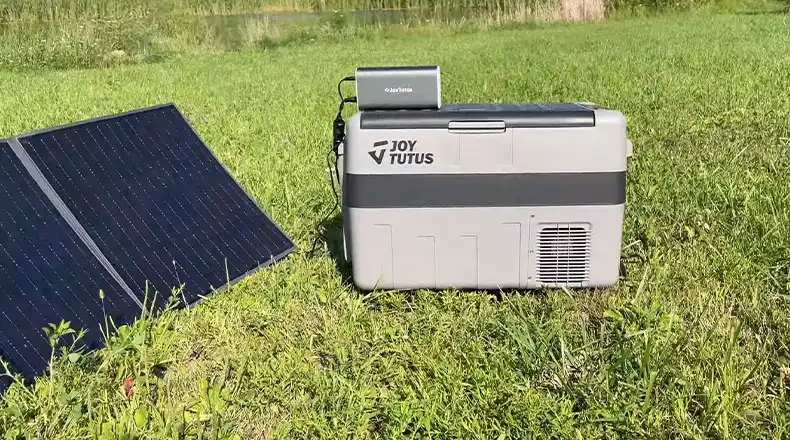
Factors Determining Energy Consumption of Mini Fridge
Before you can determine whether your solar panel is capable of powering a mini fridge, it is crucial to understand the energy requirements of your mini fridge.
The energy requirement of a mini fridge is also known as its power consumption. It’s the energy footprint that will dictate how big of a solar system you’ll need to sustain its operations.
How much energy a mini fridge uses depends on some key factors. Let’s have a quick look at them first.
- Size and Model: The bigger the fridge, the more energy it consumes. Compact mini-fridges designed for dorm rooms typically consume less power than larger, under-counter types designed for kitchenettes.
- Features and Functions: Fridges with defrost mechanisms, temperature control settings, and even in-built freezers tend to have a higher energy requirement.
- Age and Efficiency: Newer models are often more energy-efficient, thanks to advancing technology and stringent energy standards. An older mini fridge might use up to 25% more energy than a newer model of the same size.
- Usage Patterns: How frequently you open the fridge, the ambient temperature of its location, and how full it’s kept can all impact its power consumption. Filling a fridge helps maintain its internal temperature, leading to less power being used.
Average Power Consumption
Mini fridges typically consume anywhere between 100 to 250 watts when running. However, they aren’t always running at full power. Instead, they cycle on and off to maintain the desired temperature. This is why daily energy consumption is a more practical measure. On average:
- Compact mini fridges (1.7 to 4.4 cubic feet) consume around 250 to 300 kWh per year, translating to roughly 0.68-0.82 kWh per day.
- Larger mini fridges (4.5 to 5.5 cubic feet) with added features might consume upwards of 326 kWh annually, averaging about 0.89 kWh daily.
When considering the energy requirements, always refer to the EnergyGuide label. This label, mandatory in some countries, gives an estimated annual energy consumption which can be divided by 365 to get a daily consumption rate. Also, Energy Star-certified fridges ensure at least 20% more efficiency than non-certified models.
To help understand the daily energy needs of a mini fridge, consider this: A single 60W incandescent light bulb running for 24 hours will use 1.44 kWh. In contrast, a compact mini fridge, on average, uses about half of that in a day.
Solar Panel Requirements to Run a Mini Fridge
Solar panels harness sunlight and convert it into electricity. Photovoltaic cells in these panels produce a direct current (DC) which is then converted into alternating current (AC) suitable for household appliances using inverters.
Running a mini fridge on solar power requires a thorough understanding of both the energy demands of the fridge and the potential output of solar panels. Let’s break down the requirements and perform some essential calculations.
1. Energy Requirements of a Mini Fridge
- Let’s say a typical mini fridge consumes about 0.82 kWh (kilowatt-hours) per day.
2. Daily Sunlight Hours
- This varies by location. For simplicity, assume an average of 4 effective sunlight hours per day in your region.
3. Solar Panel’s Power Output
For the calculations:
Required Power Output (RPO) = Daily Energy Requirement ÷ Daily Sunlight Hours
Using our numbers: RPO = 0.82 kWh/day ÷ 4 hours = 0.205 kW or 205W
This means you need a solar panel that can produce 205W continuously over 4 hours to meet the fridge’s daily energy consumption.
4. Efficiency Losses and Safety Factors
Solar systems can experience up to 20% efficiency loss due to several factors:
- Inverter losses
- Transmission losses
- Degradation over time
- Imperfect sunlight conditions
Adjusted Power Output (APO) = RPO ÷ 0.8 (accounting for 20% loss)
Using our numbers: APO = 205W ÷ 0.8 = 256.25W
So, you’d want a solar panel that can produce approximately 260W under ideal conditions to account for the potential efficiency losses.
5. Battery Storage Needs (for nighttime and cloudy days)
For 24-hour operation and assuming three days of autonomy (backup for 3 days without sun):
Required Battery Capacity = 3 days × Daily Energy Requirement = 3 × 0.82 kWh = 2.46 kWh
6. Inverter Size
If the mini fridge has a peak load of 200W, considering safety margins:
Inverter Size = 1.25 (or 25% more than the peak load) × 200W = 250W
According to these calculations, to run a mini fridge that consumes 0.82 kWh daily in a region with an average of 4 sunlight hours, you’d need:
- A solar panel of around 260W.
- A battery storage system of at least 2.46 kWh for three days of autonomy.
- An inverter rated at 250W or higher.
Consequences of Running a Mini Fridge on Solar
The thought of running a mini fridge on solar power seems sustainable and green. It eliminates the need for relying on traditional electricity sources, which are often generated using fossil fuels. But, like all solutions, there are both positive and negative consequences to consider. Let’s explore them in detail below:
1. Environmental Benefits
- Reduction in Carbon Footprint: Running a fridge on solar reduces greenhouse gas emissions. This is a proactive step towards reducing one’s carbon footprint and combating climate change.
- Clean Energy Utilization: Solar energy is a clean, renewable resource. There’s no pollution involved in generating electricity from the sun.
2. Financial Implications
- Upfront Costs: Setting up a solar system involves significant initial costs, including purchasing panels, an inverter, batteries, and other required infrastructure.
- Long-term Savings: Over time, the savings on electricity bills can be substantial. Given the increasing energy costs worldwide, this could lead to considerable savings in the long run.
- Tax Incentives and Rebates: Many governments offer tax breaks, incentives, and rebates to encourage solar installations, which can offset some initial costs.
3. Independence from the Grid
- Reduced Dependency: By using solar panels, there’s a reduced dependency on the power grid, which can be particularly useful in areas with frequent power outages.
- Backup Storage: Batteries can store excess energy, ensuring that the fridge continues to operate even during the night or on cloudy days.
4. Maintenance and Durability
- Minimal Maintenance: Solar panels require minimal maintenance, mostly periodic cleaning and ensuring they are free from obstructions.
- Panel Lifespan: High-quality solar panels have a lifespan of 20-25 years, ensuring long-term operation. However, the efficiency of panels may reduce slightly over the years.
5. Space and Location Constraints
- Need for Sunlight: Effective functioning requires a location with ample sunlight. This might be a constraint in densely populated urban areas or regions with long cloudy spells.
- Space Requirements: While a mini fridge doesn’t demand a vast solar setup, the panels still require space. This might be challenging for apartment dwellers or homes with limited roof or yard space.
Wrapping Things Up
Harnessing solar power for a mini fridge is a step forward in sustainable living. Not only does it offer economic benefits, but it also underlines a commitment to a greener planet. As technologies advance, the efficiency and affordability of solar setups are only set to improve. Ready to make the switch?
Clarifications & Insights
- Q: How much sunlight do I need daily for my solar-powered mini fridge?
- A: Ideally, 4-6 hours of peak sunlight is required for optimum performance.
- Q: Can I use my existing mini fridge with a solar setup?
- A: Yes, with the right solar panel configuration and an inverter, your existing fridge can be solar-powered.
- Q: Is it expensive to maintain solar panels?
- A: Regular cleaning and occasional professional check-ups are all that’s typically required, which isn’t very costly.
- Q: Can I expand my solar setup in the future?
- A: Absolutely! Solar systems are scalable, allowing additions as needed.
- Q: What happens during prolonged cloudy days or rains?
- A: A battery storage system will store excess energy on sunny days, ensuring uninterrupted power during less sunny periods.

